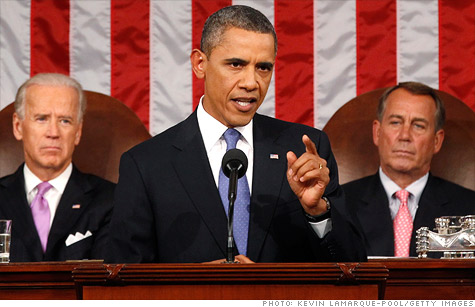In 2007 Congress created the Mortgage Debt Forgiveness Act to offer a tax break for those who had a mortgage forgiven or cancelled sue to a foreclosure or short sale.
This Act was set to expire on December 31, 2012, but has been extended for one more year and will now expire on December 31, 2013.
Here’s some quick facts from the IRS:
Normally, debt forgiveness results in taxable income. However, under the Mortgage Forgiveness Debt Relief Act of 2007, you may be able to exclude up to $2 million of debt forgiven on your principal residence.
You may exclude debt reduced through mortgage restructuring, as well as mortgage debt forgiven in a foreclosure.
To qualify, the debt must have been used to buy, build or substantially improve your principal residence and be secured by that residence.
If you qualify, claim the special exclusion by filling out Form 982, Reduction of Tax Attributes Due to Discharge of Indebtedness, and attach it to your federal income tax return for the tax year in which the qualified debt was forgiven.
If your debt is reduced or eliminated you normally will receive a year-end statement, Form 1099-C, Cancellation of Debt, from your lender. By law, this form must show the amount of debt forgiven and the fair market value of any property foreclosed.
Source: http://www.irs.gov/uac/Ten-Facts-for-Mortgage-Debt-Forgiveness accessed August 1, 2013
For more information visit the IRS website: http://www.irs.gov/Individuals/The-Mortgage-Forgiveness-Debt-Relief-Act-and-Debt-Cancellation-
Carol Topp, CPA

 President Obama called for Congress to again extend help for the jobless. “At this time of prolonged hardship, you should pass it again — right away.”
President Obama called for Congress to again extend help for the jobless. “At this time of prolonged hardship, you should pass it again — right away.”






